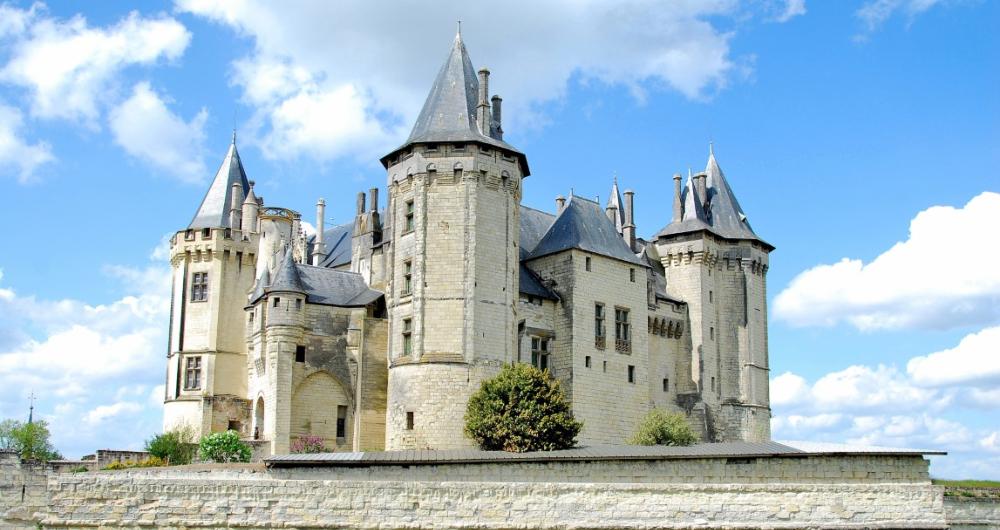In This Article
Need a fairytale escape with châteaux, vineyards, and river views? Head to the Loire Valley! Known as the “Garden of France,” the Loire Valley enchants with its Renaissance castles, charming villages, and award-winning wines. Whether you're touring historic estates, biking along the Loire River, or sipping local Chenin Blanc, this UNESCO-listed region offers timeless French elegance.
When I like to visit
The best time to visit the Loire Valley is during the spring through early fall (April–October), when the gardens are in full bloom, vineyards are active, and château tours are in full swing. September is ideal for wine lovers and harvest season beauty.
Tips for getting There
- By Train: High-speed TGV trains run from Paris to cities like Tours, Amboise, and Angers in as little as 1 hour.
- By Car: Driving from Paris takes about 2–3 hours. A car is ideal for exploring the region’s smaller towns and castles.
- By Air: The nearest major airports are in Paris (CDG and ORY). Regional airports include Tours Val de Loire Airport (TUF).
Where I like to stay
- Château de Pray (Amboise) – Sleep in a historic castle with gourmet dining and views of the Loire River.
- Hotel Diderot (Chinon) – A charming 18th-century house with cozy rooms and homemade jam breakfasts.
- Les Sources de Cheverny – Luxury spa retreat in wine country surrounded by forests and vineyards.
Top Attractions
1. Discover the World of Plants at Terra Botanica, France's First Botanical Theme Park
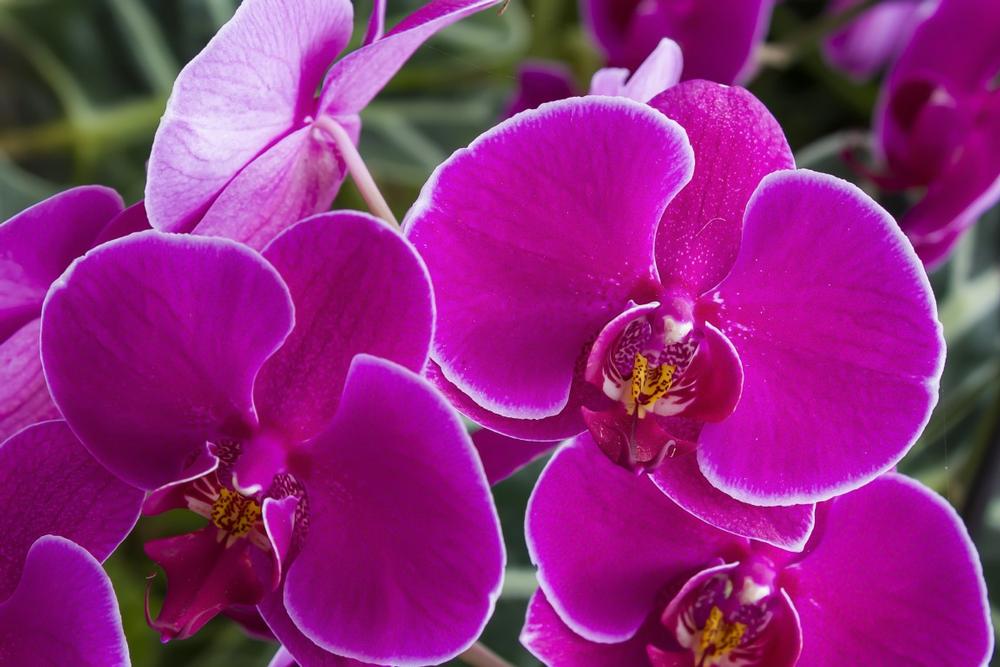
© zilber42/stock.adobe.com
There is much to see and do at this plant-themed amusement park outside Angers. There are 275000 plant species, ranging from orchids to roses and palm trees. Visitors can explore 600 years of botanical history by following the Spice Road and the Trade Routes through several countries. There are butterfly and tropical greenhouses to visit at Terra Botanica. A tethered hot air balloon rises to 150 m where visitors get a panoramic view of the gardens. Children can play games, dig for amber and study the beginning of plant life among the animated dinosaurs. Indoors there are 4D films to watch.
2. Wander Through Royal Grandeur at the Château de Chambord
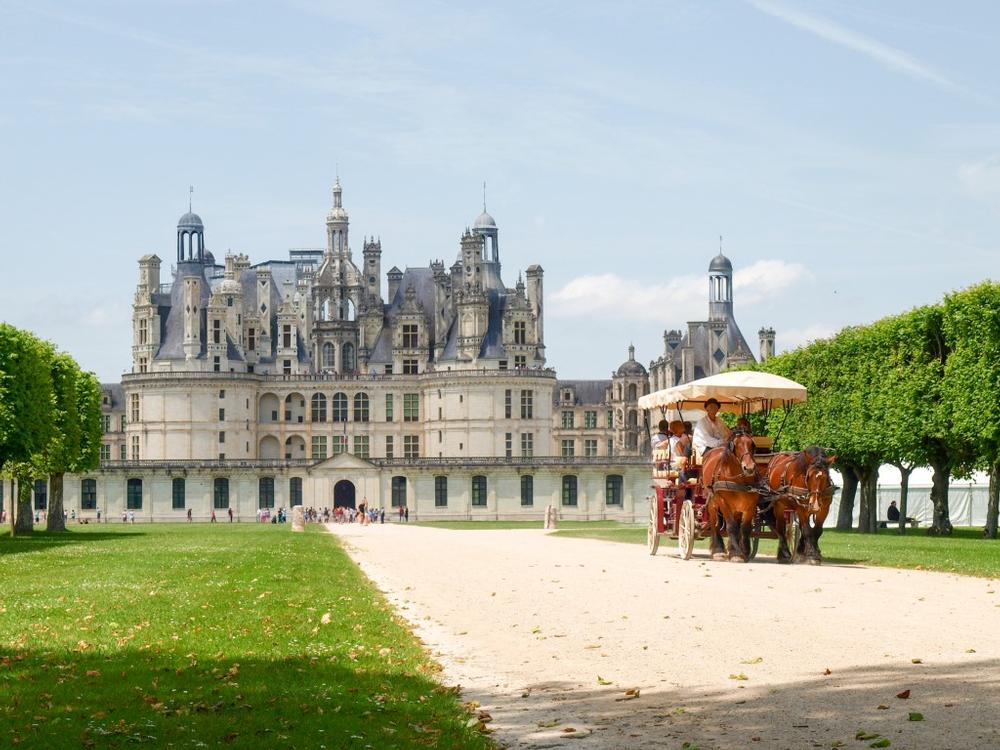
© Mor65_Mauro Piccardi/stock.adobe.com
Chateau de Chambord is the largest in the Loire valley. It was built in 1519 as a hunting lodge for Francois I. It has 440 rooms, 282 fireplaces and 84 staircases. Writer Henry James remarked that the “the towers, cupolas, the gables, the lanterns, the chimneys, look more like the spires of a city than those of a single building”. It was not built for defense but as a show of power and wealth and reflected the kings love of art and design. The chateau is surrounded by extensive gardens, a moat and water features. It attracts 700000 visitors a year.
Château, 41250 Chambord, Phone: +33-02-54-50-40-00
If you are traveling with kids:
3. Find Zen in the Oriental - Japanese Gardens of Maulévrier
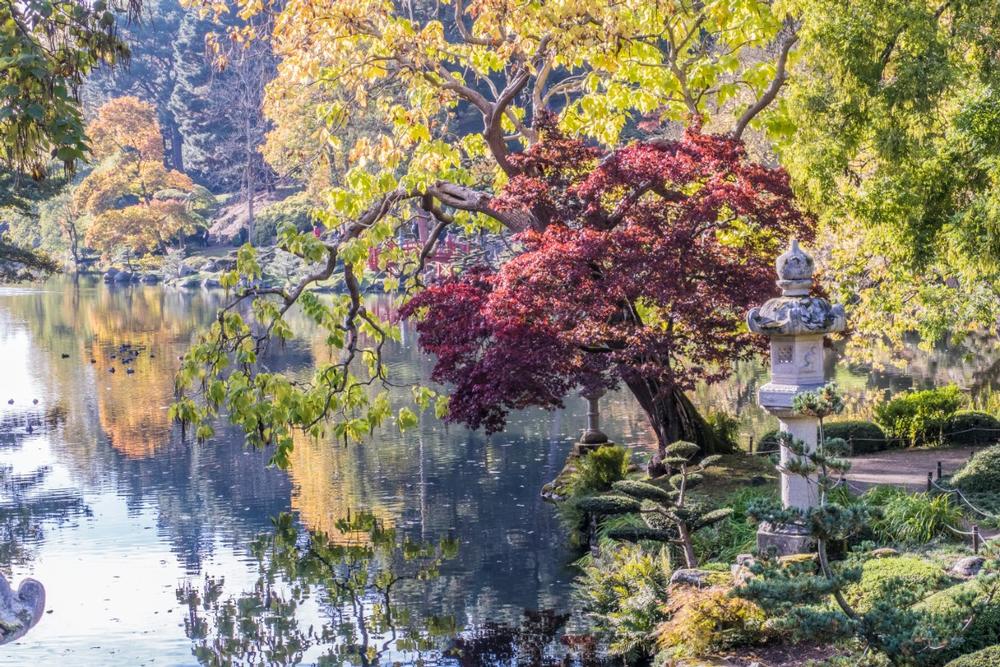
© JL/stock.adobe.com
Oriental - Japanese Gardens were designed by Parisian architect, Alexander Marcel, for his parents-in-law who lived at Chateau Colbert. They were constructed between 1899 and 1913, based on the Japanese gardens of the 16th to 19th centuries. Marcel died in 1928 and his in-laws remained on the property until 1945. Thereafter the land reverted to farming and forestry and by 1980 was abandoned. The city bought a portion of the land and rediscovered the gardens, With the help of Japanese horticulturists the gardens and their symbolism were restored. They are open from mid-March to November each year. Night walks through six stations which reveal Japanese tales are a highlight.
4. Hike, Cycle, or Paddle Through Nature in the Loire-Anjou-Touraine Regional Park

© Don/stock.adobe.com
Loire-Anjou-Touraine Regional Nature Park required the cooperation of 128 municipalities. They came together to protect the heritage of the region and to enhance the value of local resources. The award-winning Maison du Parc visitors' center was erected at Montsoreau in 2017. It houses a tourism information desk, a permanent exhibition on the various landscapes found in the park, temporary exhibits, a workshop area and a gift shop. Outside there is a picnic area for visitors. The building was built to be environmentally sustainable and visitors can take a self-guided tour through it. The park has several walking and nature trails.
Maison du Parc, 15 avenue de la Loire, 49730 Montsoreau, Phone: +33-2-41-38-38-88
5. Enter a Fantastical World at Les Machines de L'ile in Nantes
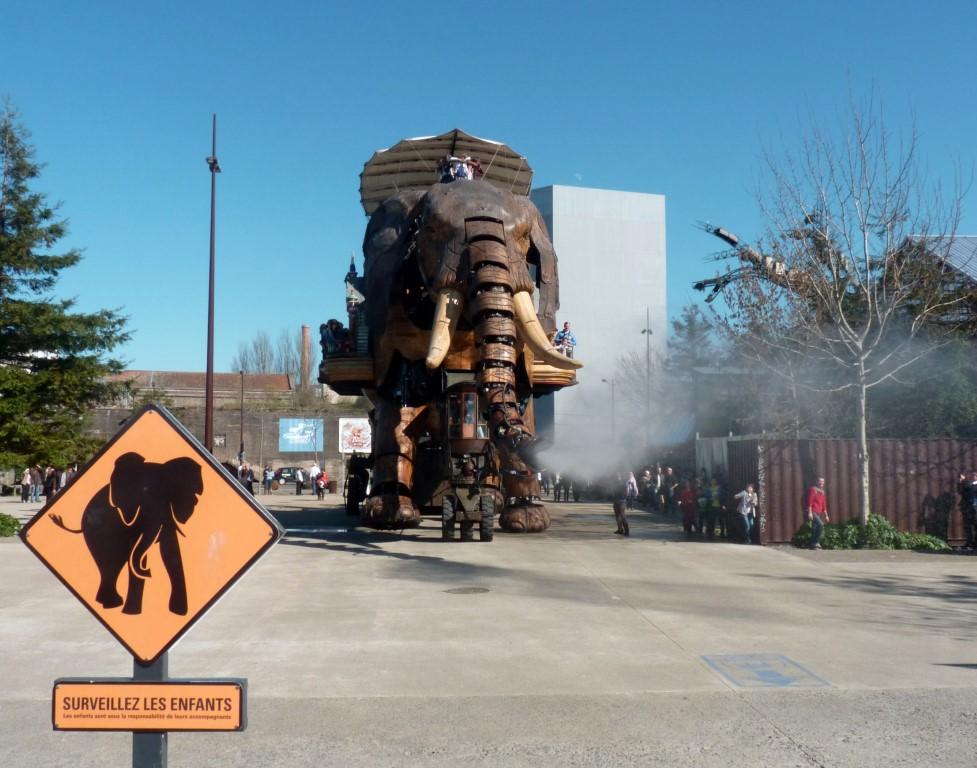
© Conan/stock.adobe.com
Set on an island in the Loire River, at Nantes, is Les Machines de L'ile. This is where the invented worlds of Jules Verne, the mechanical universe of Leonardo da Vinci and the industrial history of the city come together. A giant walking elephant, a sea-themed carousel and a greenhouse filled with huge mechanical birds and insects are the main attractions. The giant elephant carries 50 passengers around the former shipyards at the height of a 4 story building. The creative processes of the steampunk wonderland projects have been well documented so that visitors can view and understand them.
Romantic Activities and Attractions:
6. Experience Contemporary Art at the Centre de Creation Contemporaine Olivier Debre

© Centre de Création Contemporaine Olivier Debré
This center in Tours was constructed in 2017 to host contemporary art. There are three main exhibition areas – the white gallery, the black gallery and the 11m high nave. The black gallery opened with the work of Olivier Debré, a local artist who died in 1999, and after whom the museum is named. The setting offsets the vivid colors of his collection. The nave opened with a work by Per Barclay. A shallow tank on the floor was filled with oil to create intriguing reflections. His work is usually created for photographs only. The building is lit at night so that the art is visible from outside.
Centre de Creation Contemporaine Olivier Debre, François 1er Garden, 37000 Tours, France, Phone: +33-2-47-66-50-00
7. Marvel at Gothic Architecture at Chartres Cathedral Notre-Dame

© pat_hastings/stock.adobe.com
The Cathedral of Our Lady of Chartres was built between 1194 and 1220 in Gothic and Romanesque styles. At least five cathedrals have occupied the site since the 4th century. It has been declared a UNESCO World Heritage Site. There have been very few changes since it was built and most of the original stained glass, which was removed during the Second World War for safekeeping, is intact. In 2009, the cathedral was restored, cleaned and protected against future damage. It is the seat of the Diocese of Chartres and is a working Roman Catholic Church. Regular sacred music events are held there.
Chartres Cathedral Notre Dame, 16 Cloister Notre-Dame, 28000 CHARTRES
8. Witness Equestrian Excellence at Le Cadre Noir in Saumur

© leszekglasner/stock.adobe.com
The National Riding School of France was established in 1815. It is based near Saumur. The school gives several command performances during the year. Galas include a Spring event, an Academic event showing off the horses' work in the artillery, and a musical event. Throughout the year, public performances are held to show the public how the horses are trained to jump and work on long reins. Classical riding is also demonstrated. Behind the scenes tours are available and visitors can accompany the horses and riders on their morning exercise routines. The school is closed on Sundays.
Le Cadre Noir, Avenue de l'Ecole Nationale d'Equitation, 49400, Phone: +33-2-41-53-50-60
9. Breathe in Beauty at the Rose Garden in Doue-la-Fontaine
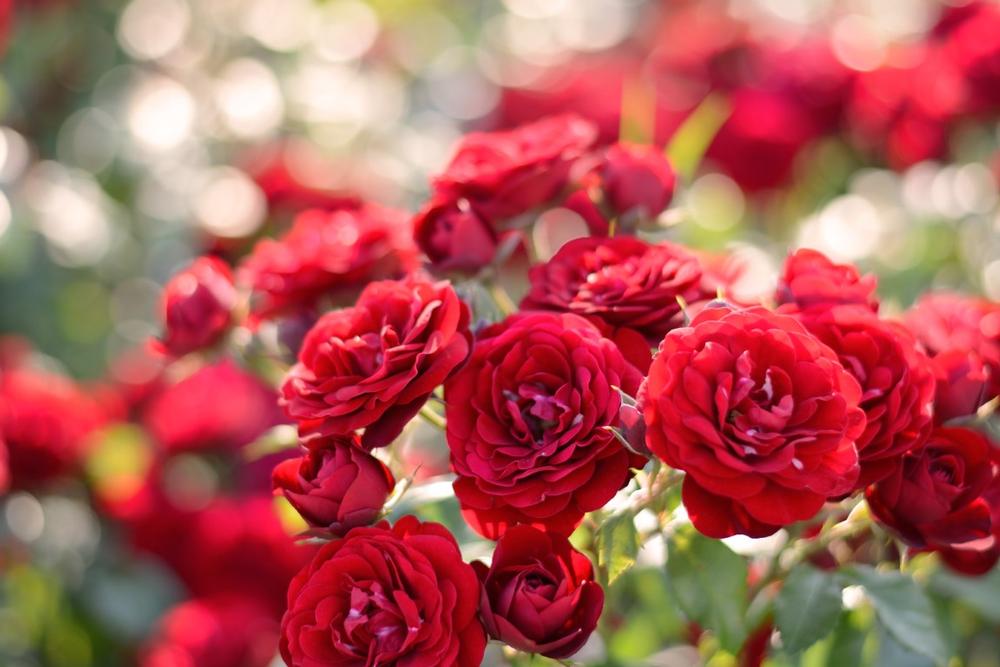
© axynia/stock.adobe.com
The Path of the Roses was opened in Doué La Fontaine, the city of roses, in 1999. There are 13000 rose bushes in the 4 ha English-styled garden. Each season offers its delights. In spring the colors of the blossoms are vibrant against the green lawns. In summer, the climbing roses come into their own. The old roses bloom and the rose hips form in fall. The structure of the garden and the preparation work for the next growing year can be seen in winter. Roses are sold throughout the year in bags but in November, bear roots are on offer.
Rose Garden, Courcilpleu Park, Doué La Fontaine 49700 Doué-En-Anjou
10. Swim, Paddle, or Picnic at Lakes and Swimming Spots Along the Loire River

© Marytog/stock.adobe.com
As the 'last wild river of France', swimming in the Loire is discouraged and in many places banned altogether. There are however unusual places very close to the river that can be enjoyed. For example, there is a lake in Millocheau island which is situated in the Loire. On Charlemagne Island, near Orleans, there is a 70 ha resort which consists mostly of lakes. Water sports and swimming can be enjoyed in the water and beach volleyball and Boule on land. Near Nantes, a 3000 square meter lake has been created in an old disused quarry.
Must-see if you are a first-time visitor:
- Château de Chenonceau – Spanning the River Cher, this castle is famed for its arches, gardens, and history of powerful women.
- Château d’Amboise – Royal residence and Leonardo da Vinci’s final resting place in nearby Clos Lucé.
- Villandry Gardens – Stroll ornate Renaissance gardens filled with colorful patterns and romantic pathways.
- Loire à Vélo – Bike scenic trails along the river, connecting towns, vineyards, and countryside.
Where I Like to Eat
- L’Aigle d’Or (Azay-le-Rideau) – Traditional French cuisine with a local, seasonal menu and cozy atmosphere.
- La Cave aux Fouées (Montsoreau) – Dine in a troglodyte cave with warm bread pockets filled with meats and cheeses.
- Les Hauts de Loire (Onzain) – A Michelin-starred restaurant in a former hunting lodge with an elegant setting.
My favorite local events:
- Vitiloire (May, Tours) – Celebrate Loire Valley wines with tastings, food pairings, and live entertainment.
- Sound & Light Show at Château de Blois (April–September) – Evening illuminations narrating the castle’s dramatic history.
- Jazz en Touraine (September) – Ten days of live jazz performances in vineyards, town squares, and wine cellars.
My favorite day trips within 30 Minutes of major Loire Valley towns:
- From Tours: Château d’Azay-le-Rideau – A romantic Renaissance castle reflected in the river Indre.
- From Amboise: Clos Lucé – Leonardo da Vinci’s final home, with models of his inventions and beautiful gardens.
- From Saumur: Mushroom Museum & Wine Cellars – Learn about the region’s troglodyte caves and sample sparkling wines.
- From Blois: Château de Cheverny – Known for its lavish interiors and as the inspiration for Tintin’s Marlinspike Hall.
- From Chinon: Abbey of Fontevraud – Explore the final resting place of Eleanor of Aquitaine and Richard the Lionheart.
Plan Your Trip


